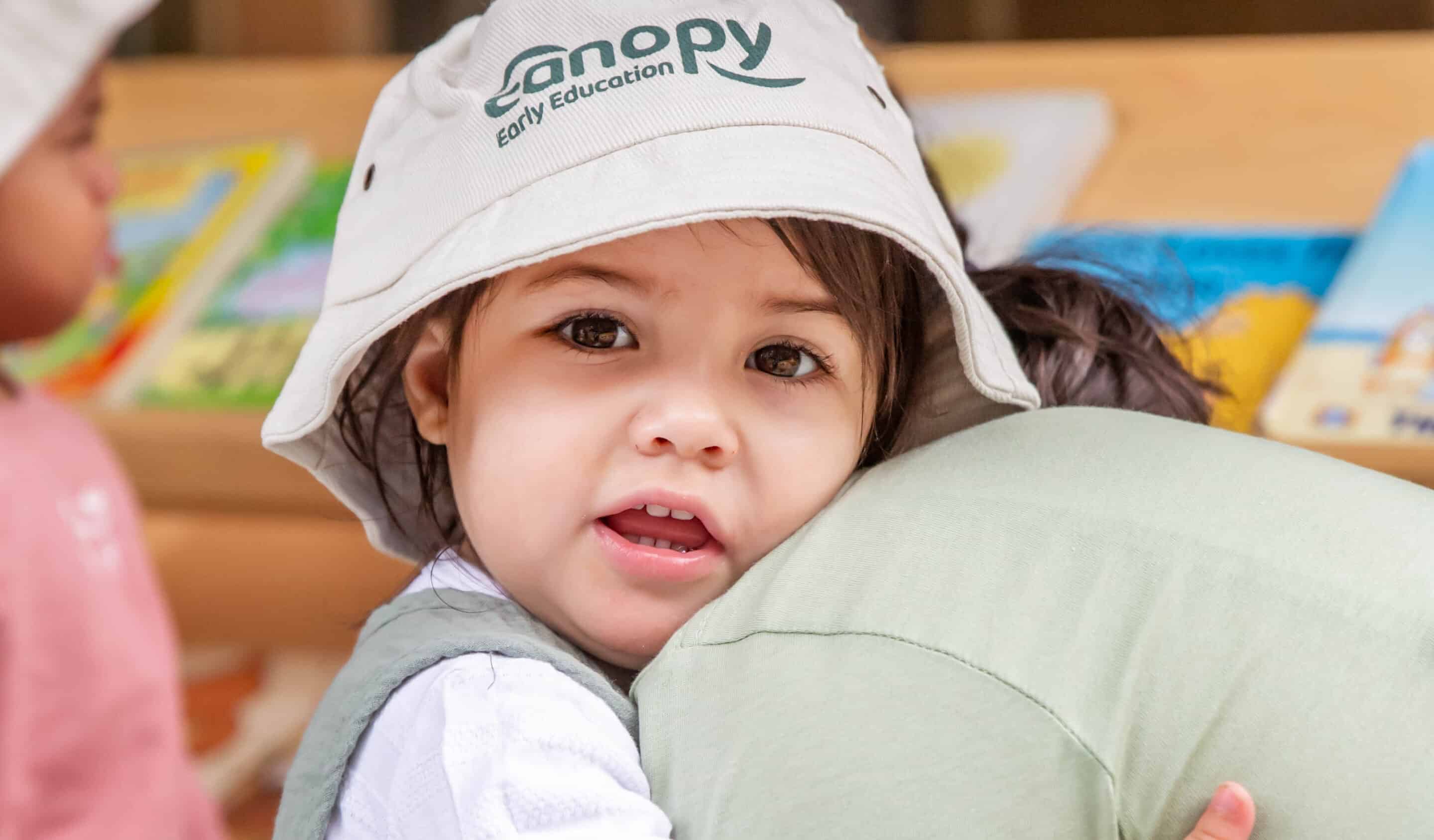
Leaving your child at childcare can sometimes feel like the toughest part of your day, especially when they’re struggling with tears during daycare drop-off. At canopy Early Education, we understand these challenges, and we’re here to help make the drop-off process easier for both you and your child. Let’s explore why goodbyes can be tough at times and discover some helpful strategies to ease the transition.
Understanding why goodbyes can be hard
It’s completely normal for children to experience separation anxiety, particularly during their early years. This anxiety stems from various factors, including developmental stages, survival instincts, stress, and temperament. Until children develop the concept of object permanence (understanding that things still exist even when they can’t see them), goodbyes can trigger distress. Additionally, changes in their environment or routine, such as starting at a new early education centre, can heighten separation anxiety.
How to make childcare drop-off easier
Establishing a consistent routine is key. Children thrive on predictability, so creating a consistent drop-off routine can provide them with a sense of security and prediction. A familiar routine lets them know what to expect, easing their separation anxiety.
Communication is essential – Let your child know that you’ll be back and reassure them that they’ll be safe and cared for in your absence. This builds trust and helps them understand that separation is temporary. Discuss some of the wonderful activities they will be able to enjoy during the day like playing with all their friends again.
Keep goodbyes brief – While it’s tempting to linger, prolonged goodbyes can increase your child’s anxiety. Keep farewells short and sweet, conveying love and confidence before you depart.
Encourage distractions to shift their focus – Engage your child in an activity or hand them a comforting object as you say goodbye. This helps shift their focus and reduces the intensity of their emotions.
Manage your own emotions – Children are highly attuned to their parents or caregivers’ feelings, so maintaining a positive and calm manner during drop-offs can reassure your child and ease their distress.
Communicate with the canopy educators – Maintain open communication with your child’s educators by sharing any concerns or preferences you have regarding the drop-off process and collaborate to ensure a smooth transition. They may also be able to give you a few helpful hints on how to help with daycare drop off.
Dealing with persistent childcare drop-off crying
If your child continues to cry at drop-off despite your best efforts, consider these additional strategies:
- Offer comfort items to ease their anxiety. Allow your child to bring a familiar comfort object from home.
- Acknowledge feelings and offer empathy and understanding. Validate your child’s emotions and reassure them that it’s okay to feel sad.
- End on a positive note by celebrating small victories and reassuring your child that you’re proud of them for coping with their feelings.
Ultimately, you might be asking when does daycare drop off get easier? Every child is unique, and it may take time to find the approach that works best for your family. Remember that separation anxiety is a temporary phase, and with patience, consistency, and support, you and your child will navigate through it together. At canopy Early Education, we’re committed to providing a nurturing and supportive environment for your child’s growth and development.
At canopy Early Education, we’re committed to providing a nurturing and supportive environment for your child’s growth and development.

